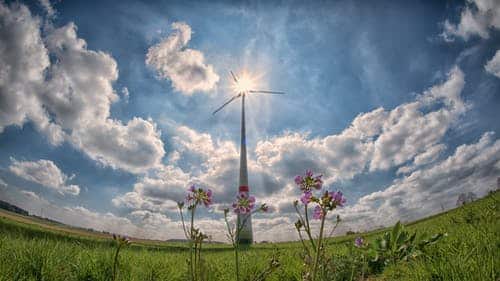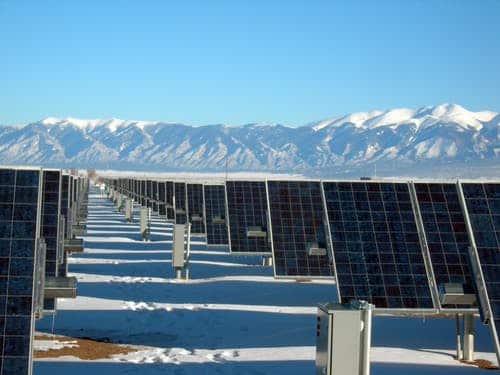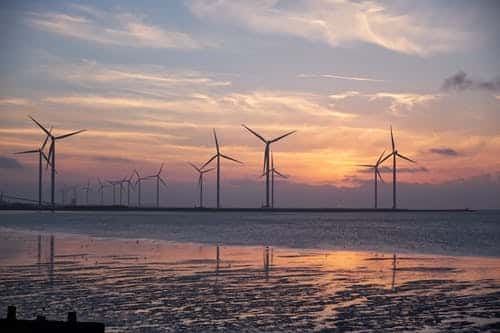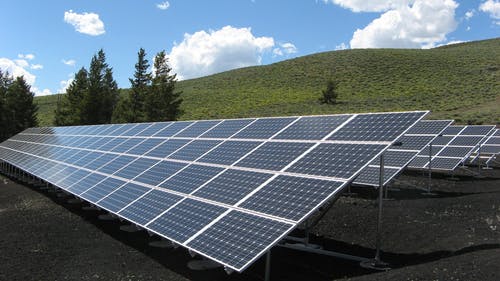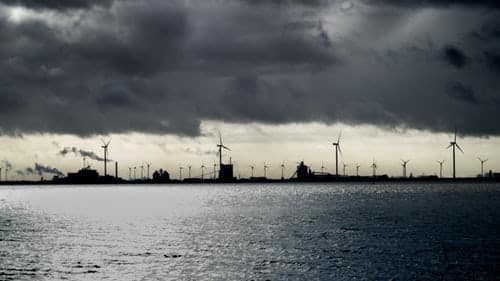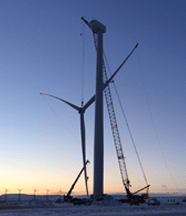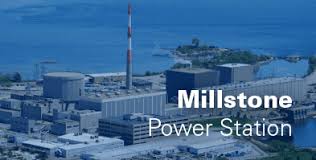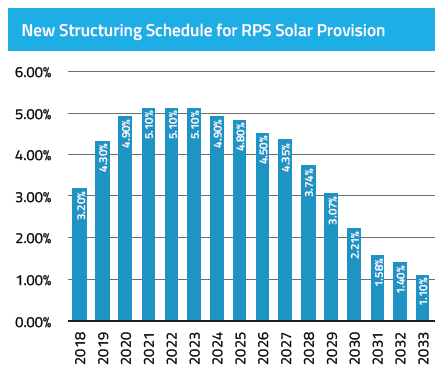AEP Seeks New Wind Power Proposals After $4.5 Billion Plan Fails
Southwestern Electric Power Company, a subsidiary of American Electric Power Company Inc., issued a request for proposals for 1.2 gigawatts of wind energy that would come online by Dec. 15, 2021, according to a Jan. 9 filing with the Louisiana Public Service Commission. The move comes six months after the company scrapped a $4.5-billion wind…...
